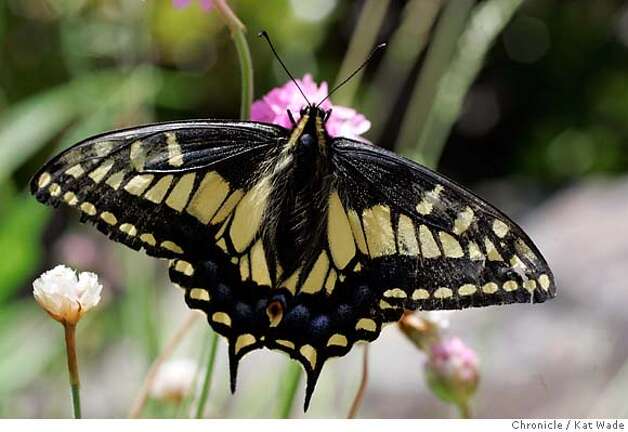I heard it a thousand times growing up, "It's easier to do it myself." It came from my mom during an attempt to get one of us four kids to do a chore.
She was a patient and gentle woman, so it came out as a statement of fact, rather than an expression of anger.
As a child, it made no sense to me. Now, as a mom, it makes perfect sense. It is so tempting to do it yourself, rather than spending twice the time and energy instructing, guiding and doing quality control. Unfortunately, with that approach, you will always be "doing it yourself." And you will be sending young adults into the world who can't take care of themselves.
Parents are often surprised that simply telling or showing isn't enough to get kids to do their chores properly. It takes a lot of thought, talk and most of all patience. I confess there have been times when I have given up and done it myself or when I've gone back and redone a task. And I've often readjusted my standards or focused upon the process rather than the outcome. In spite of these lapses, I've collaborated with the families I work with and found methods to help get chores accomplished and help youngsters become more competent.
First, do whatever it takes to help your child understand how to do the task, or what is meant by a request like "Clean your room." The chances are very good that your idea of a clean room and your child's idea of a clean room are not the same.
With little children who cannot yet read, a list that consists of pictures is helpful. Tidy up the room with the child, then sit together and describe what you see. Getting them to see what needs to be done is half the job.
Older children are famous for saying, "Looks OK to me." Or for using the laundry basket as storage for something they plan to wear again. The list in words or pictures can be posted in the room and when the parent says, "Clean up your room," the child has the list to follow.
My children alternate Saturdays for cleaning their bathroom. Inside the door of their medicine cabinet is a list of tasks and the recommended sequence,
e.g., spraying the walls in the shower and letting the cleanser sit while doing another chore in the sequence.
Another method of getting the "how" across is to give the children a clipboard and ask them to take notes as the parent straightens up the room and describes what is being done. Kids get a kick out of this, and it helps to illustrate how little time it takes if one sticks to it.
When my children were little, I would often ask them to devote just 100 seconds to straightening their rooms. It is amazing what can be accomplished in a focused 100 seconds. Avoidance or resistance are directly related to the perceived size of the job. If it's only 100 seconds, it's easy to jump right in.
My son was rather distractible when he was young, so mowing the lawn, including side trips to follow a lizard or to take apart a pinecone, took a long time. One day, instead of asking him to mow our small lawn for his usual wage, I asked him to time me as I did it. He is a good sport and counted aloud as I completed the task in about five minutes. We figured that working at a speedier rate, he'd be getting $36 per hour.
It is also important to choose tasks that the child can do. For example, one family I know stores their dishes on a low shelf so that the youngest child can do the chore of emptying the dishwasher. Often some little modification of storage makes a task accessible for a child.
When teaching anything, it's important to praise effort as well as outcome. If we withhold praise until the job is perfect, the child will be working for a long time without encouragement. Research indicates that children in school who are praised for effort rather than product do better in the long run. I believe the same applies at home.
Families have different policies on paying for chores. Many different systems work. One that works in our house is making chores done "independently" worth more. If they complete the job without any coaching or reminding, the wage is higher.
The kids no longer really need supervision, but working together creates a nice opportunity to talk. My son sometimes stops, leans on the rake and says. "Mom, there is this flip kick where you take your skateboard and . . ." Or, "the other day in class . . ." When this happens, I stop too -- and listen.
Each family will create its own system, but for many families, these guiding principles help. Make chores doable and clear. Reward a good effort. And try, whenever you can, to do chores together. You may find that it accomplishes something even more important than chores.

 Comments (
Comments (
 Printable Version
Printable Version Email This
Email This Font
Font
